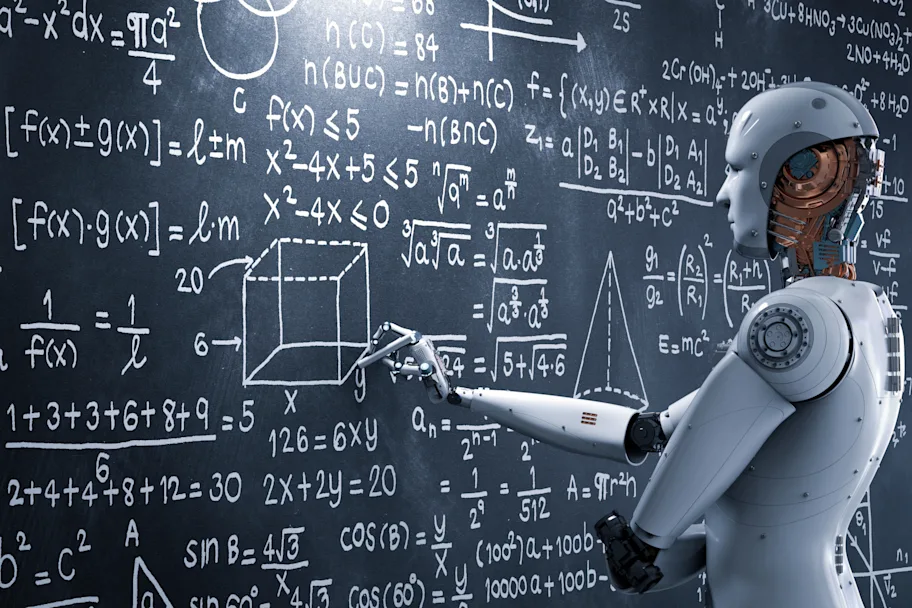For decades, storytellers have envisioned worlds where technology holds the key to predicting the future or shaping human destinies.
Isaac Asimov's "Foundation," starting as a short story in 1942 and later expanded into a series, introduced psychohistory, a mathematical discipline forecasting the future of large populations.
Philip K. Dick's "Minority Report" (1956) depicted a society where precognitive technology is used to thwart crimes before they occur.
Hannu Rajaniemi's "The Quantum Thief" (2010) explores realms where reality is malleable, and perception is as valuable as truth.
These narratives, rooted in science fiction, echo today's advancements in AI and predictive modeling.
The paper "Using Sequences of Life-events to Predict Human Lives" unveils the "life2vec" model. Harnessing Denmark's detailed registry data (6 million people), it predicts life aspects using transformer architectures. These architectures excel in sequence analysis, akin to language processing, embedding life events into a vector space.
Imagine life2vec as a sophisticated system that deciphers people's life stories, discerns patterns and connections, and forecasts future chapters.
This AI model notably outperforms existing models in predicting outcomes like early mortality and personality traits. It also introduces the "concept space" and "person-summaries." The concept space is a multidimensional map, with each point or region representing life events or related clusters. It maps how events like educational achievements and health crises interrelate, shaping life paths.
Person-summaries offer a compact, vector-based narrative of an individual's life events. These summaries allow for comparisons, understanding life trajectories, and predicting future events based on observed patterns. They are crucial in sociology, psychology, and public health studies.
The study underscores the power of data in discerning and forecasting life's subtleties, extending to individual and collective life outcomes. This blend of science fiction themes and real-world AI advancements provides a fascinating lens through which we can view the evolution of predictive technology - from the realm of imagination to the stark reality of data-driven predictions.
REFERENCES
Germans Savcisens et al., Using sequences of life events to predict human lives, Natural Informatics (2023). DOI: 10.1038/s43588-023-00573-5
Germans Savcisens, Tina Eliassi-Rad, Lars Kai Hansen, Laust Hvas Mortensen, Lau Lilleholt, Anna Rogers, Ingo Zettler & Sune Lehmann A transformer method that predicts human lives from sequences of life events. Nat Comput Sci (2023). https://doi.org/10.1038/s43588-023-00586-0





No comments:
Post a Comment